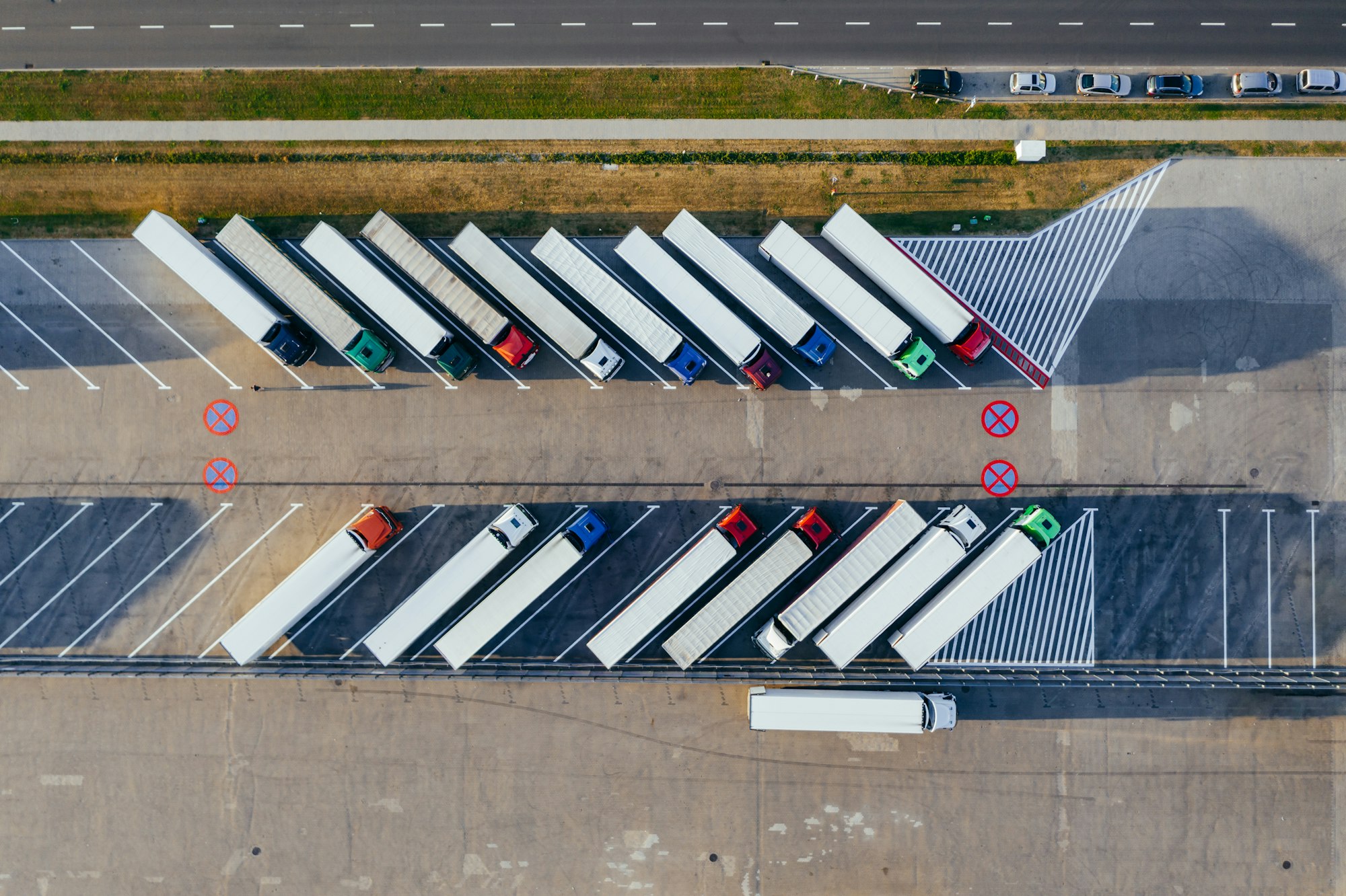Proving the Absence of Forced Labor in Supply Chains

Approximately 27% of shoes and garments tested by US Customs in May were found to have links to banned Chinese cotton from the Xinjiang region, known for forced labor. To prove the absence of such cotton, customs officials have turned to isotopic testing, although it is not foolproof due to complexities in the apparel supply chain. Compliance with regulations addressing forced labor and human rights abuses remains difficult, as shown by a survey of supply chain executives. The UK's efforts to address modern slavery in supply chains are also stalling, with 29% of relevant organizations failing to submit slavery statements to the registry.
Source: Link
Frequently Asked Questions
1. What is forced labor in supply chains?
Forced labor in supply chains refers to situations where individuals are compelled to work against their will under threat or coercion.
2. How can organizations prove the absence of forced labor in their supply chains?
Proving the absence of forced labor in supply chains can be challenging but organizations can take the following steps:
- Conduct thorough due diligence on suppliers and business partners.
- Implement social auditing programs to assess labor practices.
- Engage with suppliers and workers to promote ethical labor practices.
- Utilize technology solutions to enhance supply chain transparency.
3. What are some strategies or technologies that can help detect and prevent forced labor in supply chains?
There are various strategies and technologies that can contribute to detecting and preventing forced labor in supply chains, including:
- Supply chain mapping and traceability systems.
- Data analytics and artificial intelligence.
- Third-party certifications and audits.
- Collaboration with industry initiatives and organizations focused on ethical supply chains.
Additional Resources:
- Proving the Absence of Forced Labor in Supply Chains (Talking Logistics)
- Using Technology to Prevent Uyghur Forced Labor in Your Supply Chain
- What Supply Chain Transparency Really Means (Harvard Business Review)
Please note that these resources provide valuable insights and guidance on the topic, but it is important to conduct further research and consult with relevant experts or authorities for specific information related to your organization or industry.

